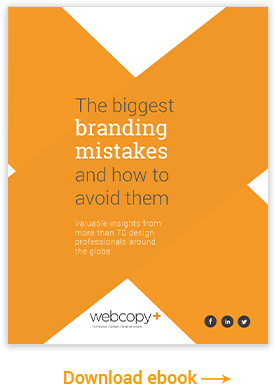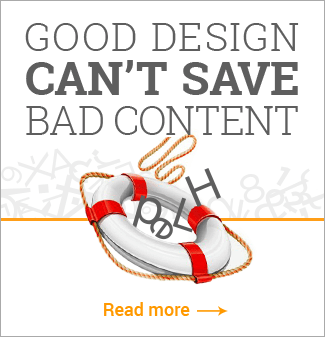Poor information architecture causes the majority of outright user failures and isn’t improving at the rate of other Web usability issues, reports usability authority Jakob Nielsen.
To determine why, he identified 10 long-term sore thumbs that together cost websites billions of dollars each year.
Many of these information architecture blunders can be quickly and easily corrected, such as made-up menu names. Why use “What makes XZY company tick” when people are looking for an “About us” button?
As Nielsen suggests, websites should communicate plainly and simply. Otherwise you’re likely frustrating your visitors and missing opportunities.
Check out Nielsen’s full report.





